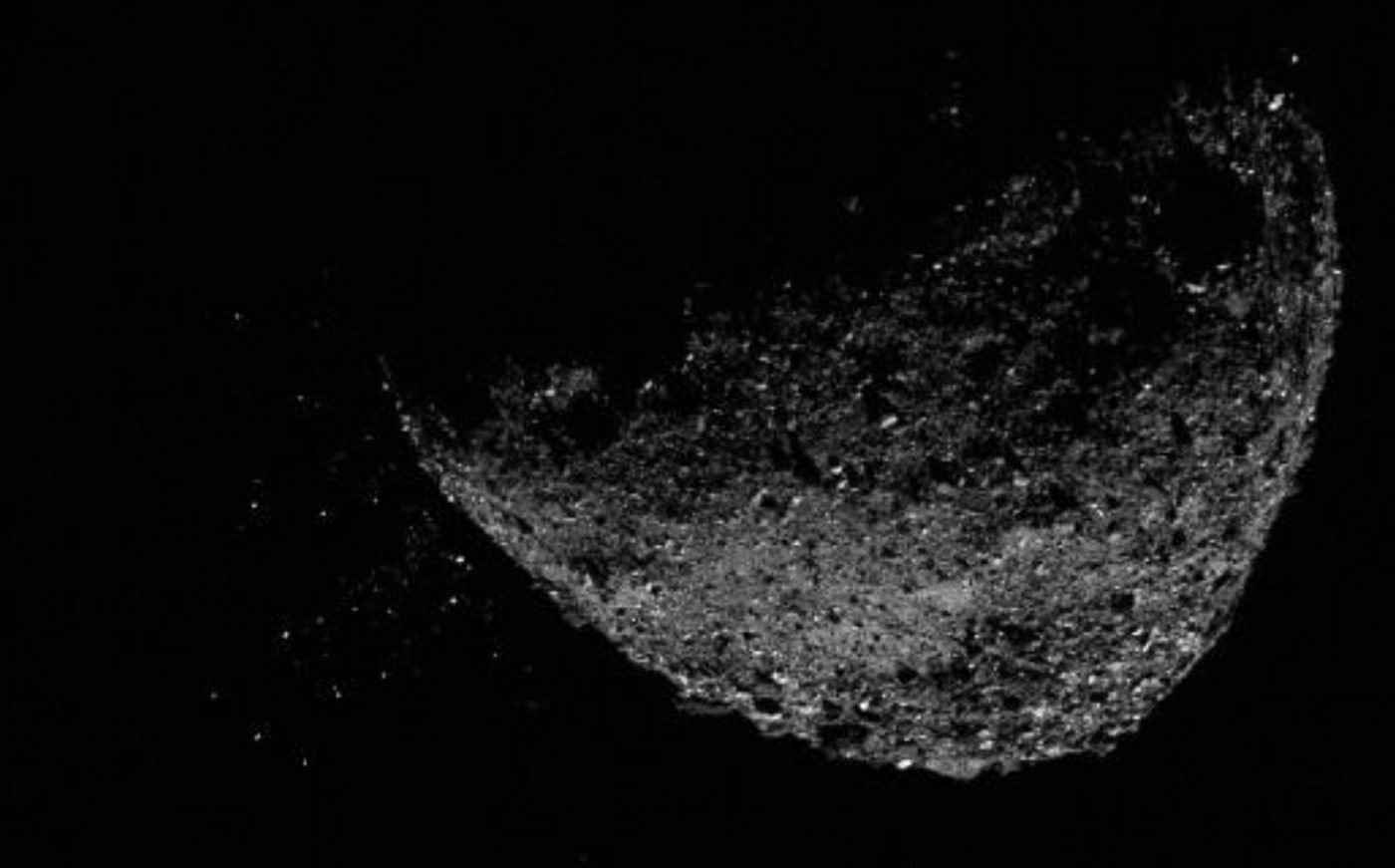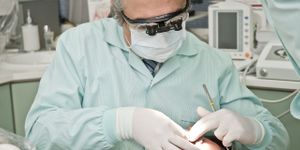Despite Stringent Efforts, Ryugu Sample was Rapidly Contaminated on Earth
Microbes are everywhere on Earth. If a place can harbor life, there are probably microbes there. This includes the frozen lakes of Antarctica, the intensely hot springs of Yellowstone, and the human gastrointestinal tract. So when scientists were able to land a spacecraft on a meteorite, and then collect a sample from it, they knew that the most stringent procedures would have to be followed to prevent the sample from being contamination by stuff on Earth. And preventing that decontamination is the only way to reliably look for other things in the sample that are not terrestrial in origin.
But new research has shown that unfortunately, very careful prevention methods were not enough to keep Earthbound microbes from colonizing the sample. The findings have been reported in Meteoritics & Planetary Science.
Some researchers suspect that it's possible for life forms to survive the transit between planetary bodies in space, and that this could be one way for life to begin in a solar system. If scientists were to confirm that objects like asteroids or meteorites carried some life form, it would have a major influence on our understanding of life in the universe and how it might be distributed.
There have been previous reports that some meteorites have carried microbes within them, and that is one possible way that life may have originated on Earth - it could have been carried here by a meteorite.
But many scientists have ultimately concluded that these findings are inaccurate, and they merely show that microbes from Earth have contaminated these samples.
Investigators have analyzed the Ryugu sample, which was carried back to Earth after being collected from the Asteroid Ryugu by Japan’s Hayabusa2 spacecraft. Preliminary analyses indicated that the meteorite contained organic material.
The sample was brought back to Earth in a hermetically sealed chamber, and opened in airtight containers within nitrogen gas, inside of a room that is built to prevent decontamination. This particular clean room is considered class 10,000, meaning it keeps particles in the air below 10,000 per cubic foot. Sterilized tools were used to work with the sample, which was embedded in resin after a tomography analysis.
When the researchers looked at the sample, they could see microbes on the sample that resemble those found on Earth. Additional work showed that the microbes originated on Earth and were not from the asteroid.
This research, along with previous efforts by NASA, have shown that is is practically impossible to create contamination-free areas where such samples can be analyzed, in part because everything that is made on Earth is swimming in microbes. And those microbes can adapt to actually use cleaning products as food.
One interesting result from this study is that it seems to show that terrestrial microbes can use extraterrestrial stuff as food sources, and can make a home on at least some extraterrestrial objects. Microbial life does not seem to be too picky about its food, which suggests that if it such life forms can move between planetary bodies, they can adapt to survive on the available material.
Sources: Phys.org, Meteoritics & Planetary Science









